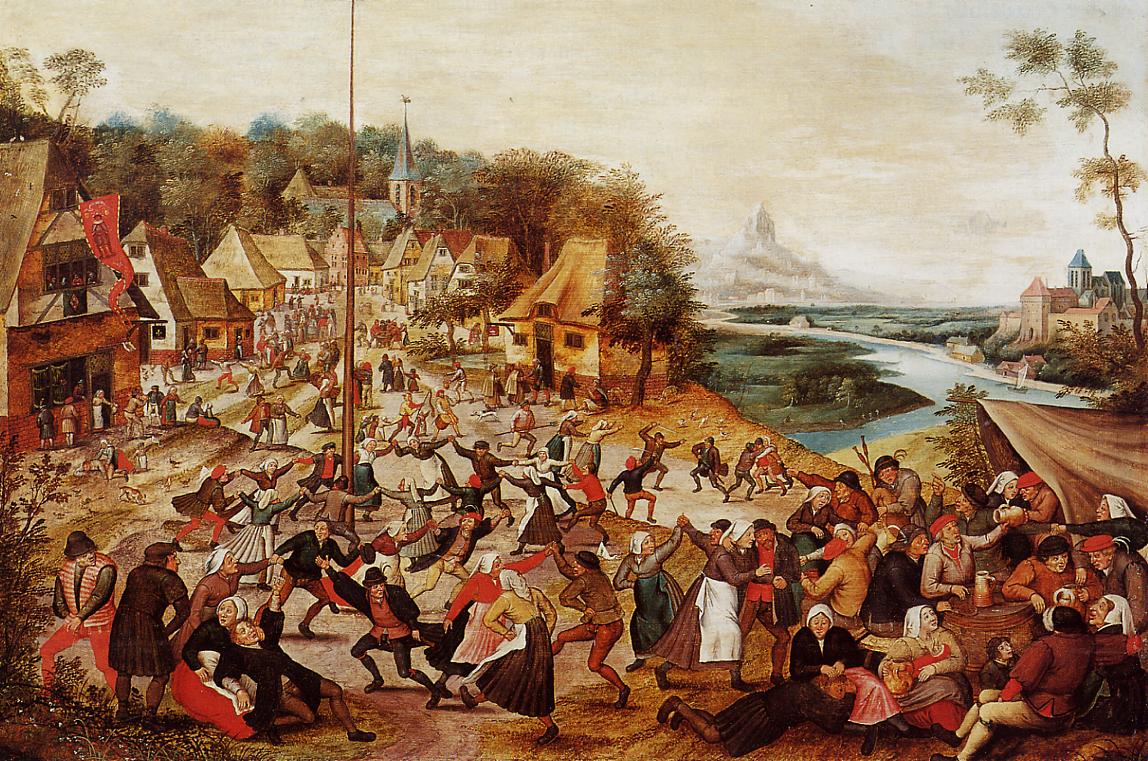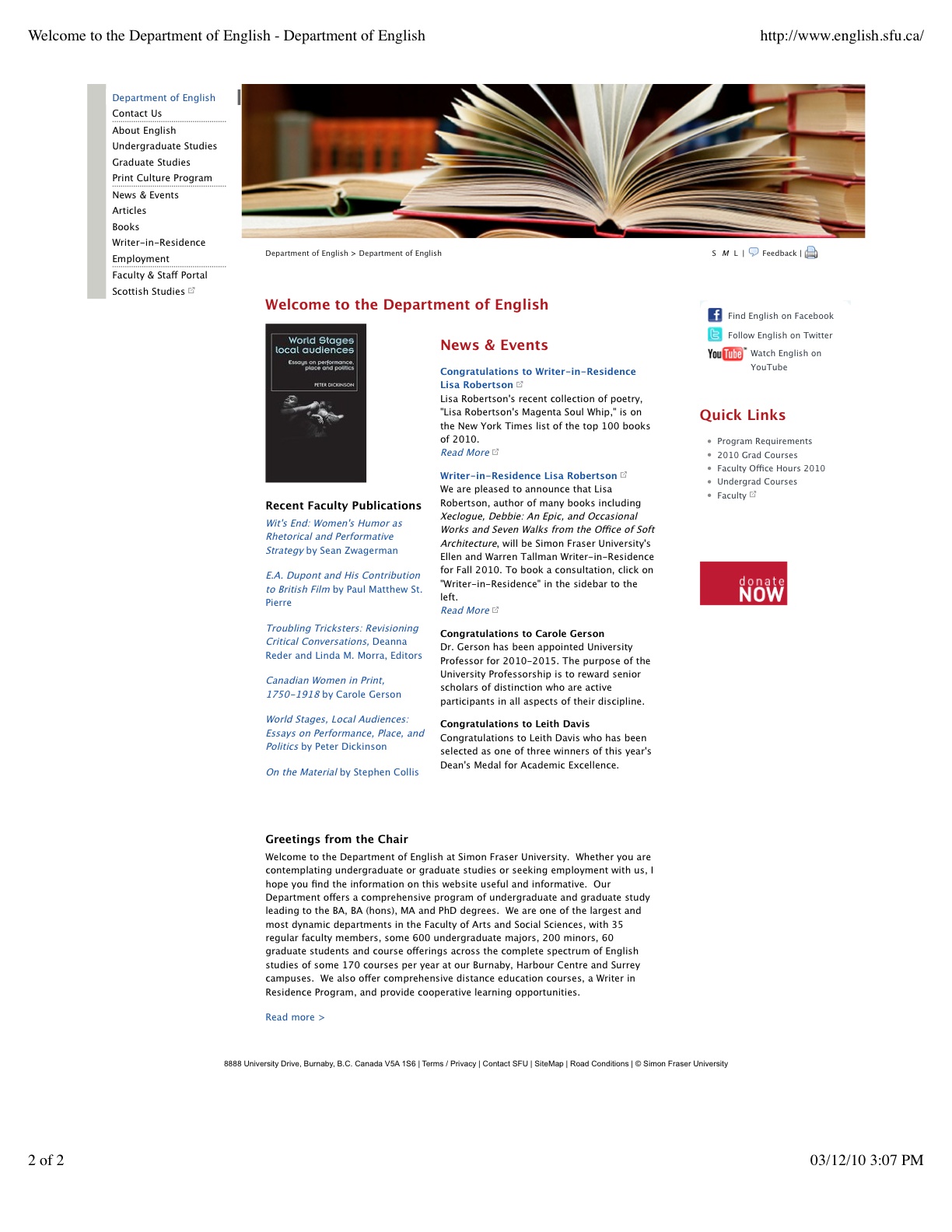 Artifact: St. George’s Kermis With The Dance Around The Maypole (1620-25), by Pieter the Younger Brughel.
Artifact: St. George’s Kermis With The Dance Around The Maypole (1620-25), by Pieter the Younger Brughel.
Reflection: Conveying broad concepts, such as citizenship and principles of democratic governance, often prove difficult when introducing students to historical issues via text-based materials. In terms of creating effective hooks or lesson in themselves, I have found success in teaching such topics through art works, music, sculpture, and wood etchings directly from the period under study. I often use art, for example, to inform students of breadth of historical epochs, music, paintings, literature to immerse them in ways of seeing the world which are different from that of our age. This painting by Brughel the Younger was especially useful in providing students with an experience of fun enjoyed by labouring people in Europe while teaching socials 8 on the medieval period, whether it be the lowlands of Holland, Gemany, or England. I have found that students are keen with learning about history in this way, and moreover, it provides a window to model contemporary art which students may be interested in on masters of bygone ages. This particular painting was done in a period of European history that arguably forms the modern roots of our values, beliefs and knowledge of our democratic society. One excellent example of this is the English Revolution of the 1650s, where monarchy gave way to republic, and republic to limited monarchy. This is something that is a repeated theme in social studies’ lessons and unit plans – democratic citizenship – and I have found the above methods an important way to be able to convey the origins of such ideas in order to build solid foundations in student understanding of modern social democracy.
_____________________________________________________________
 Artifact: Website of the Department of English, University of Alberta.
Artifact: Website of the Department of English, University of Alberta.
Reflection: From 1998 to 2002 I taught English Literature to undergraduate students at Simon Fraser University and University of Alberta. The relevance of this breadth of learning has inspired me as an instructor to develop and deepen student understanding on topics of history and literature at the secondary level — especially in areas that foster the values, beliefs and knowledge of our democratic society. I have found in my teaching practice that students often wish to begin learning in areas they know best and move ‘outwards and backwards (historically)’ to link their knowledge with new domains of knowledge. This is a practice I am continually honing and intend to fully employ in my teaching now and in the future.
